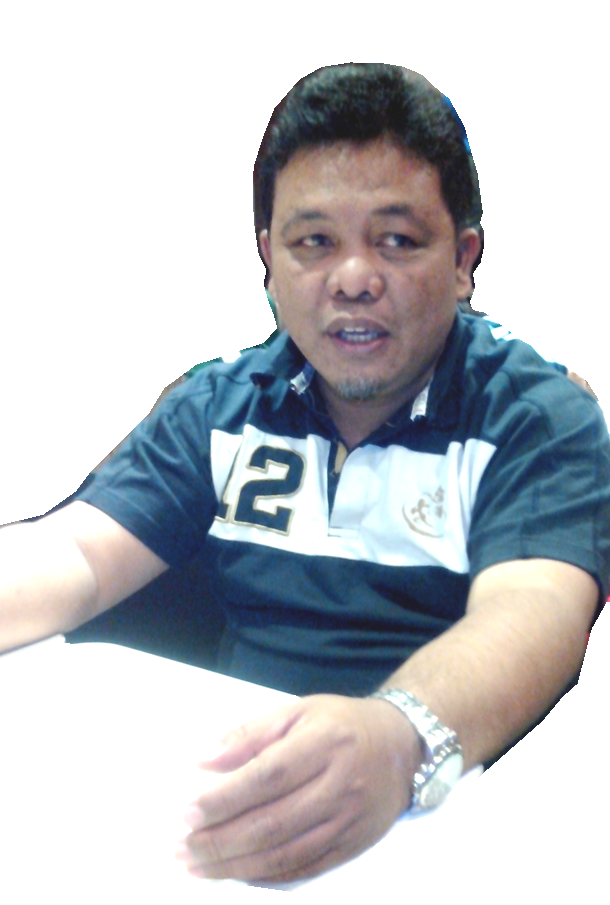LUMBACA UNAYAN IS NOT JUST A NEW MUNICIPALITY
 |
| Lumbaca Unayan Mayor Guro |
A first visit may not be impressing — and perhaps disappointing — if one looks at the present quietness of Lumbaca Unayan, somewhat like a borough in the old yet to be developed, striving hard to catch up with other towns of the prefecture.
But as one goes on exploring the young municipality, he can eventually realize that there is so much in Lumbaca Unayan than being just a newly created municipality of mostly idle upland laying as if itself a wilderness in the center of the second congressional district of Lanao del Sur called also as Unayan.
But the people, the land, the nature, or the entire municipality for that matter hold promising future for its people.
Situated 810 meters above sea level, it is so rich in natural resources. There is no doubt, the soil is among the best suited for high-valued agricultural crops and farm produce.
The countryside sceneries will boost the town’s economy and its people will enjoy an economic boom if such nature’s loved landscapes and rivers and waterfalls will be developed into eco-tourism and its agricultural potentials cultivated well with new technology.
BRIEF BACKGROUNDER
Lumbaca Unayan means Central Unayan — Lumbac means center or central, Unayan may mean base or foundation. Unayan is one of the historical four divisions of Ranao (Pat a Phangampong ko Ranao), the three others are Bayabao, Masiu and Baloi, that comprise the entire homeland of the Maranaos, the people of the lake and owner of the Darangen Epic, national epic poetry of the Philippines.
Traditionalists and Kalalagans said Unayan was so-called with such an honorific name because it was the foothold of the first establishment of the Pat-A-Phangampong ko Ranao, playing important role in the Maranao long-cherished tradition of Taritib and Igma.
The second district is composed of 19 towns, mostly of the towns located within Unayan district has 19 towns including Lumbaca Unayan and Wato Balindong that bounds with Marantao municipality of the first district. The first district is in the South East side which comprises mainly of the Basak Area, the Islamic city of Marawi, the provincial capital city, Marantao municipality that serves as boundary with Wato Balindong in the second district, and Saguiaran which is located in the northwestern part of the province adjacent to Pantar municipality in Lanao del Norte.
LEGAL CREATION
Lumbaca Unayan was created by an act of the Regional Legislative Assembly of the Autonomous Region in Muslim Mindanao (RLA-ARMM) through Muslim Mindanao Act No. 106 which was promulgated and enacted into law on April 27, 1999.
On November 27, 2004, Lumbaca Unayan officially became the youngest of Lanao del Sur 39 municipalities after it was ratified in a plebiscite conducted in the mother municipalities of Bayang and Lumbatan.
DEMOGRAPHY
A population of 11,766 in about 1,899 households according to an NSO report in 2007, occupy the nine barangays which were carved from Lumbatan and the four sitios sliced from Bayang.
GEOGRAPHICAL LOCATION
Lumbaca Unayan has an approximate total land area of 4,228.5 hectares which is divided into two usages — urban and rural.
It is located at the upper southern part and occupies the central section of the Unayan area.
It is bounded On the east by Lumbatan, on the west by Tubaran municipality, on the north by Bayang and on the south by the municipalities of Marogong and Balabagan.
A new born town as it is, Lumbaca Unayan is accessible by land from Marawi City passing through Basak Area, or through the Narciso Ramos Highway from Malabang municipality.
For decades, the provincial road has been rough and winding making it difficult for commuters to travel, and agricultural products to transport to market.
The situation has hindered livelihood progress of the farmers and for which reason, many have opted to migrate to other destinations for greener pasture.
(To be continued)



